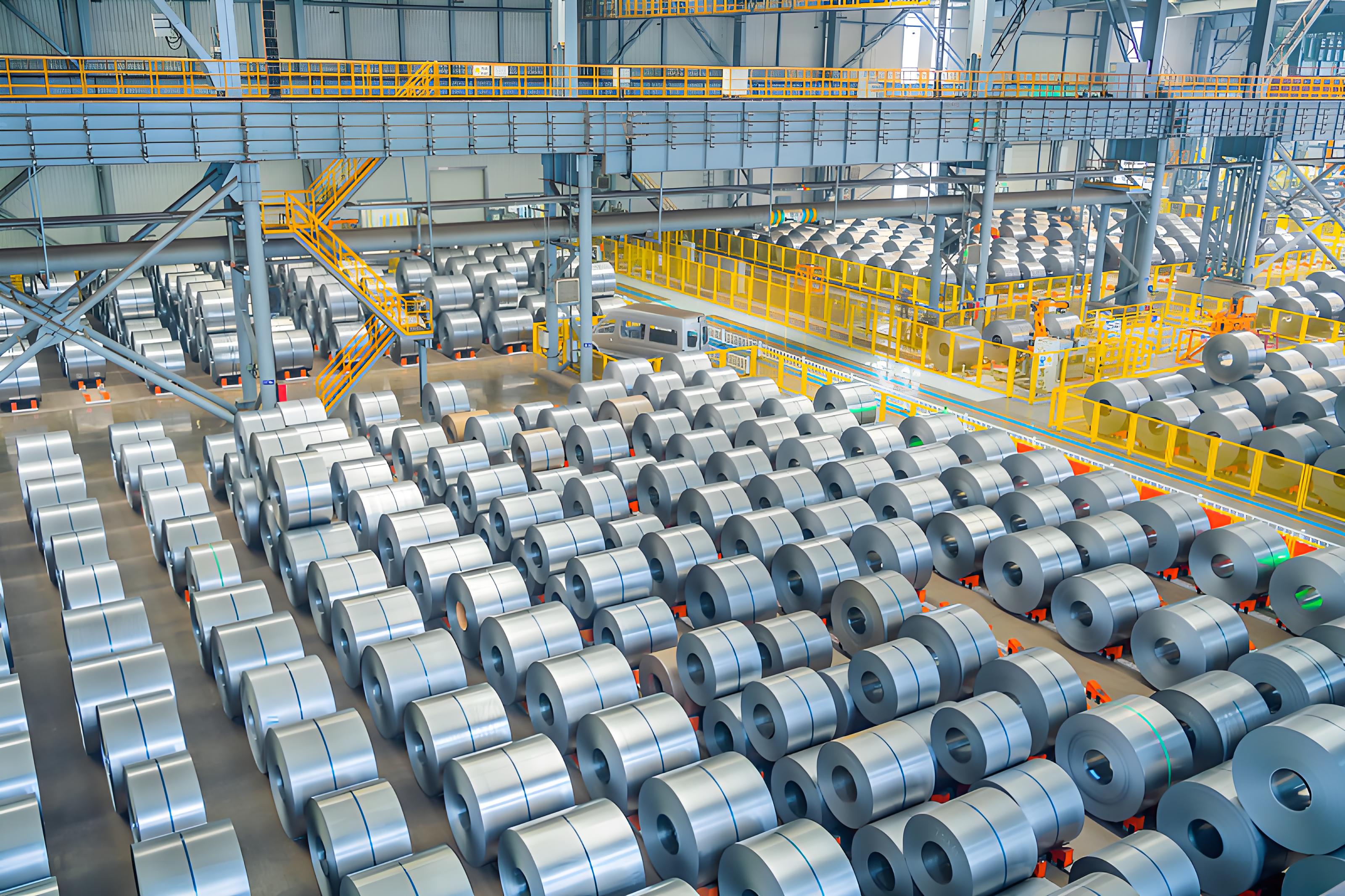
Hot rolling and cold rolling are both processes for forming steel or steel plates. They have a great influence on the structure and properties of steel. The rolling of steel is mainly hot rolling, and cold rolling is only used to produce small steel and thin plates.
The advantages of hot rolling can destroy the casting structure of the steel ingot, refine the grains of the steel, and eliminate the defects of the microstructure, so that the 304 stainless steel plate has a dense structure and improved mechanical properties. This improvement is mainly reflected in the rolling direction, so that the steel is no longer an isotropic body to a certain extent; the bubbles, cracks and looseness formed during pouring can also be welded under high temperature and pressure. Disadvantages 1. After hot rolling, the non-metallic inclusions (mainly sulfides and oxides, as well as silicates) inside the steel are pressed into thin sheets, and stratification (interlayer) occurs. 304 stainless steel, as a steel with a wide range of applications, has excellent corrosion resistance, high temperature resistance, low temperature strength and mechanical properties; good hot processing properties such as stamping and bending, and no heat treatment hardening phenomenon (non-magnetic, use temperature -196℃~800℃).
Stainless steel product specifications: 1. Stainless steel plate: 1.0~3.0mm 1219*2438 1000*2000mm.3.0~80mm 0*6000. 2. Stainless steel coil: Width 1219 1000 1500 1800mm. 3. Stainless steel strip: Width can be customized. 4. Stainless steel pipe: outer diameter ∮6-377mm, wall thickness ∮ (seamless). Welded pipe outer diameter ∮10-1210mm wall thickness ∮. (Lamination greatly deteriorates the tensile performance of steel along the thickness direction, and interlayer tearing may occur when the weld shrinks. The local strain induced by weld shrinkage often reaches several times the yield point strain, which is much larger than the strain caused by load; 2. Residual stress caused by uneven cooling. Residual stress is the internal self-balanced stress without external force. Hot-rolled steel sections of various cross-sections have this type of residual stress. Generally, the larger the cross-sectional size of the steel section, the greater the residual stress. Although the residual stress is self-balanced, it still has a certain impact on the performance of steel components under external forces.
Navigation
Send Us A Message
